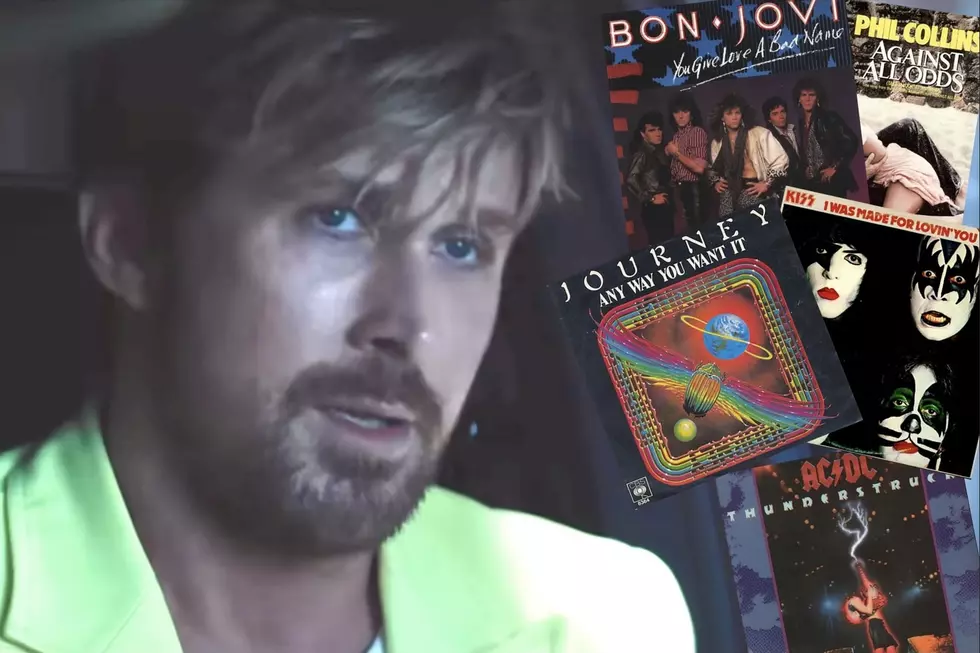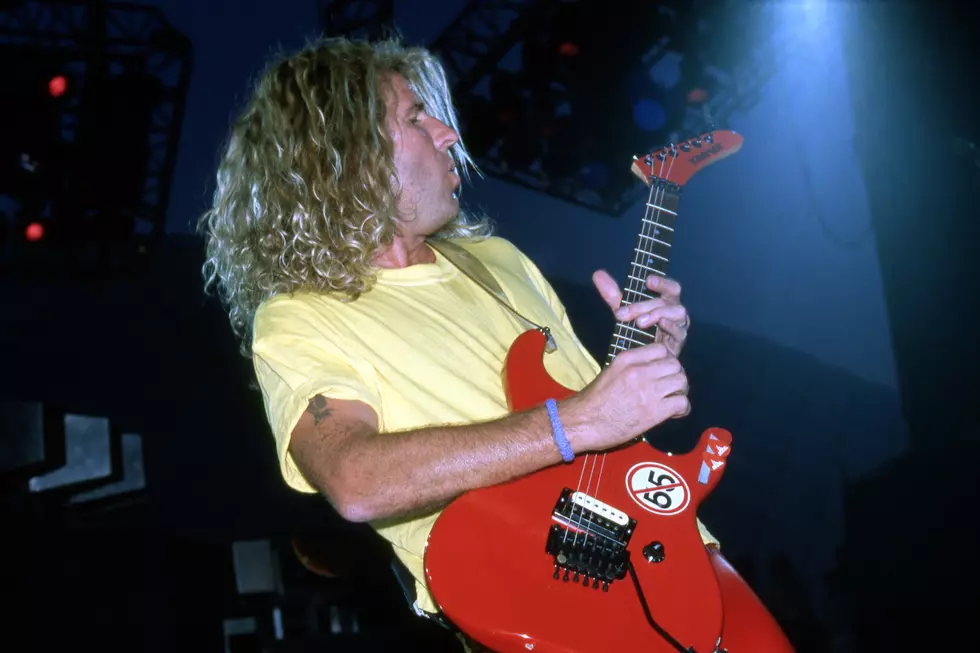
Renowned Harmonica Player Toots Thielemans Dead at 94
Multi-instrumentalist Toots Thielemans, whose unique mastery of the harmonica made him an in-demand session player as well as a successful recording artist in his own right, has died at the age of 94.
Thielemans, who had retired from performing in recent years, reportedly suffered a fall last month and had been hospitalized for the injury. The Los Angeles Times quotes Thielemans' manager, Veerle Van de Poel, as saying there were no extenuating medical circumstances surrounding his death. "There were no complications," said Van de Poel. "He died of old age, his body was simply worn out."
A musical icon in his native Belgium, Thielemans was never exactly a household name in the U.S., although his distinctive playing was featured on a number of pop and rock hits, including Billy Joel's "Leave a Tender Moment Alone" and Julian Lennon's "Too Late for Goodbyes." Better known in the jazz community, Thielemans' guest appearances were longer on that side of the musical ledger, where he performed with a list of greats that included Pat Metheny, Oscar Peterson, Jaco Pastorius, Bill Evans and Dizzy Gillespie, but he also served as a sideman on R&B rock records such as Quincy Jones' The Dude and Paul Simon's Still Crazy After All These Years.
In addition to his works for hire (which also included a long-running "Old Spice" commercial and the Sesame Street closing credits theme), he released a string of solo albums over a recording career that spanned more than 50 years. His signature number, "Bluesette," featuring Thielemans whistling and guitar, was a worldwide hit in 1962, and though he was often more widely heard for his session or soundtrack work over subsequent years, he continued to release LPs until 2006, when he put out the all-star duets record One More for the Road.
Thielemans' sweetly melancholy style helped expand the popular conception of the harmonica, an instrument too often dismissed as a toy or a campfire gimmick. Often the antithesis of showier players like Blues Traveler frontman John Popper, he admitted musical sentimentality came easy to him and liked to describe his playing style as "between a smile and a tear" — although he was just as capable of holding his own in jaw-dropping jams with greats such as Stevie Wonder.
"Not everybody likes my sound," he chuckled in a 2006 interview. "But I can’t help it. A critic in Belgium described me once in Flemish, ‘shameless sentimentality.’ And I admit that I may be shameless. I laugh easily, and I am very close to tears sometimes when I hear those minor-7 chords. Now, if you analyze a minor 7, the three bottom notes are minor, so moody, close to melancholy. The top three notes are major. So minor 7 mixes minor and major, and that’s my little self-description, ‘between a smile and a tear.’ It’s a pastel sound. Not black, not white — in-between. At one film session with Michel Legrand in Paris, he said, ‘Okay, Toots, donne moi tes tonnes pastels,’ ‘give me your pastel tones.’ That’s my nature."
See Other Musicians We've Lost in 2016
More From Ultimate Classic Rock









